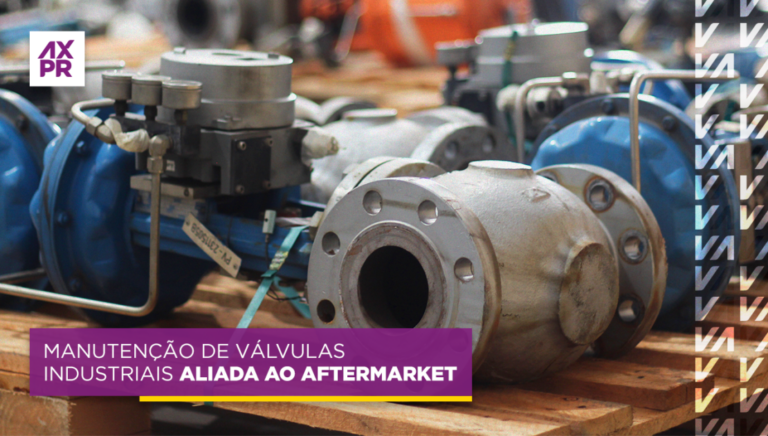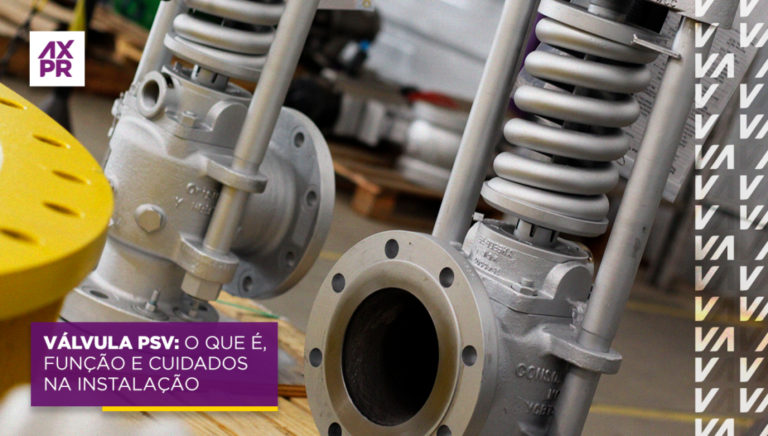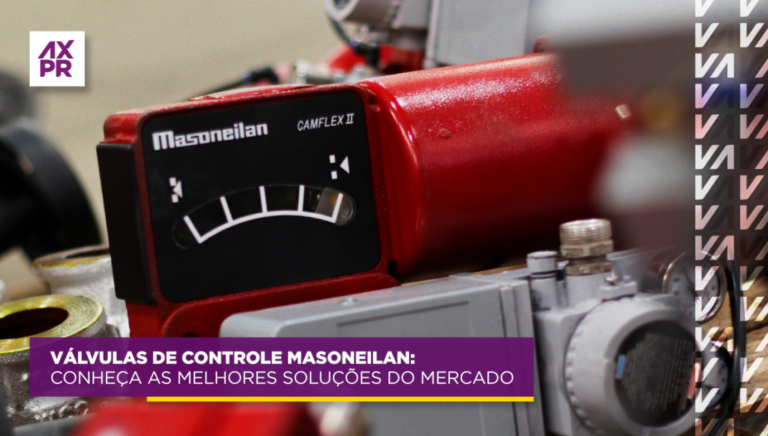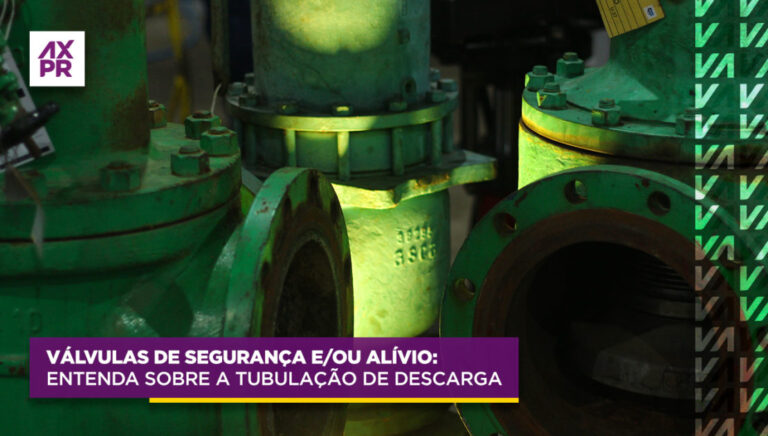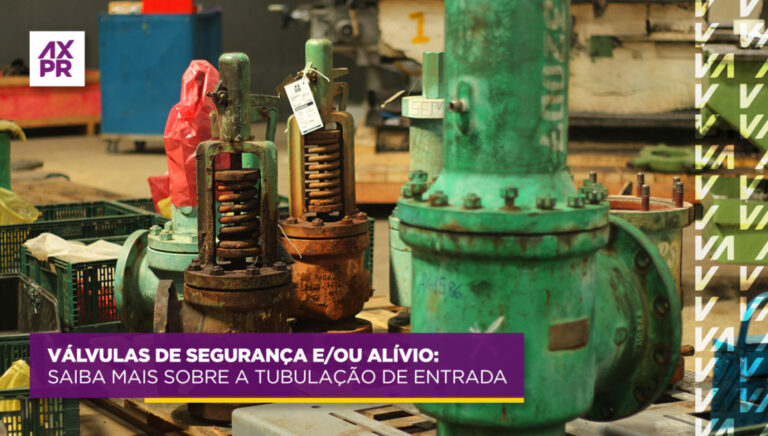Some minor repairs can be carried out in an industrial plant without stopping the process. In other cases, it's possible to halt a specific stage of the operation to perform maintenance while the rest continues to function. However, at times, it's necessary to completely interrupt the plant's operation. This is what we refer to as a Plant Turnaround.
During a Turnaround, plant managers and planners must make the most of the process interruption by performing maintenance on various types of equipment to ensure the next season experiences minimal disruptions in the process
Valves become a critical aspect when it comes to turnarounds as they are involved in numerous processes, including essential ones like the steam or water lines, which often feed the entire plant.
How critical is a General Turnaround? Extremely critical. As a rule of thumb, the more dependent an industrial plant is on having its processes available and running 24/7, the more critical the planning and execution of maintenance during the plant turnaround.
How to have a successful turnaround? In summary: through meticulous planning and selecting reliable partners. To help, we describe below a bit about how a General Turnaround works and its stages.
Stages of the Plant Turnaround:
Turnaround Planning:
Once the decision is made to stop the plant, the planning phase inevitably begins. During this phase, the planner and industrial plant managers seek answers to questions such as:
- What is the budget for the turnaround?
- How many valves will undergo maintenance?
- What are the failure cases for these valves?
- What are the deadlines for each stage?
- What spare parts will be necessary?
- Which of the required parts are available in stock, and which need to be purchased? Is there time to wait for the arrival of parts?
- What criteria should be observed in a potential service provider?
Ideally, planning for the next plant turnaround should start as soon as the previous one is completed. At this moment, crucial information is readily accessible.
Pre-Turnaround:
Pre-Turnaround:
Between planning the turnaround and starting repair work, several steps need to be taken. This is because once the plant turnaround begins, all resources considered for the services need to be readily available to avoid any delays. This period is called pre-turnaround. pre-plant turnaround.
If pre-turnaround initially sounds like an excess of caution or redundancy, know that many turnarounds face issues in this stage. Discovering later, after the start, that the equipment for lifting and moving loads, such as cranes, is not available, that the team of mechanics who should remove the valves is busy with another task, or that a particular line is not released for equipment removal can disrupt the entire schedule.
Some common pre-turnaround activities include:
- Checking the assembly of scaffolding
- Verifying if the allocated time for valve maintenance is in line
- Confirming the availability of lifting and load movement equipment
- Confirming the availability of spare parts
- Validating the planned team size
- Documentation preparation for activity clearance.
PLANT TURNAROUND
Once initiated, the field team must identify the valves and remove them from the line. It's essential to note in this initial stage that this valve removal service doesn't necessarily have to be performed by the same company that will repair the valves. The plant's internal team or a third-party team of mechanics can do it. However, it's important to monitor the progress of this service to ensure that the valves will be available in the workshop within the agreed-upon timeframe to avoid delays. The identification of valves and piping also needs to be well done to avoid confusion during equipment reinstallation in the lines.
Once in the workshop, the valves are usually subjected to pre-testing, which is a screening to determine which valves need to be opened and repaired and which ones can return to the line without intervention. Some projects consider opening and replacing "soft parts," such as gaskets and seals, even for valves approved in pre-testing.
The valves then undergo cleaning, repairs, adjustments, assembly, painting, calibration (when applicable), and are set aside to return to the field for reinstallation. What can go wrong at this stage? Everything and anything. That's why it's crucial and regularly demanded by turnaround planners that the company responsible for valve maintenance measure the progress of the work and present reports regularly. This report often includes a graph called the "S-Curve."
In some clients, analytical work has reduced the number of valves during the turnaround. This makes the turnaround more focused on valves that need intervention. In some cases, all internal components are replaced immediately.
Commissioning
After the installation of control valves and before the plant starts, it's crucial to perform Commissioning, which is the validation of communication between instrumented valves and the control room. In this stage, a specialist, in front of the valve, communicates with the control panel, which sends opening and closing commands to the valve, observing whether the commands are appropriately received and executed by the equipment.
Startup (or Repartida):
Once all planned valves and accessories for the turnaround are completed, the valve maintainer's role is not over. Many surprises can arise during the plant startup, and responsible planning will always consider having a standby team of experts to immediately address any problems that arise.
Critical Intervals:
Cold Turnaround:
Not every plant turnaround corresponds to an absolute interruption of the industrial processes of the plant. Gradually stopping a factory by sectors without ever needing to stop the entire plant at once is the dream of any industry, but rarely is this possible. Thus, a well-planned turnaround gradually interrupts the operation of sectors while keeping essential processes, such as the plant's power supply, running as much as possible. But even the equipment for essential processes requires maintenance and must be interrupted at some point. This time interval is called cold shutdown and requires extra attention and preparation.
Hydrostatic Testing on Plant Equipment:
In some plant turnarounds, a hydrostatic test is performed on certain tanks, usually in the middle of the turnaround, to ensure that the equipment maintenance was well-executed. For this test to take place, it's necessary for the valves in the water line and perhaps others related to the tank in question to undergo maintenance, be tested, and installed in advance. This directly affects the turnaround schedule.
What more can we learn about plant turnarounds? A lot, but for the purpose of this article, we can stick to the basics. If you want to learn more about turnarounds, check out our blog and follow Axpr on social media.


